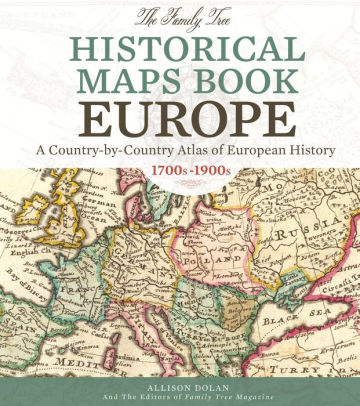Researching the Yurko family, an in-law line on my hubby's family tree, I wanted to discover the names of the parents of Joseph John Yurko (1873-1954), born on this day 152 years ago.
According to Joseph's death cert, his father was John Yurko and his mother's name was unknown. Indeed, in Joseph's generation and later generations, the names of Joseph Yurko and John Yurko appear more than once. Clearly these were beloved family names.
However, the informant on the death cert was John's youngest daughter, Mary L. Yurko (1916-2001), I doubted her ability to remember her grandparents' names. Why? Mary was born 17 years after her own parents left their homeland to come to America. She was 37 when her father died. Although she may have heard her Yurko grandparents' names as she grew up, Mary probably never met those relatives, and I imagine the stress of her father's death impeded her ability to recall the names clearly.
I didn't feel confident that Mary's memory was correct...which led me to shift my research in another direction. Where would I find Joseph saying the names of his parents?
Social Security application = first-hand info
Joseph applied for a Social Security card in 1937. The application form asks for birth place/place, current residential address, names of parents, and employer, among other details. This is first-hand info supplied by the applicant.
In the past, I've had great success getting a generation back when I paid to receive a copy of the SS-5 (Social Security) application for other ancestors. IMHO, the information is valuable enough to invest in obtaining it for certain ancestors of interest.
As shown in image at top of this blog post, we can order either the SS-5, which costs $27 at the moment, or a Numident, which is an extract of the info on the application. ALWAYS spend the extra buck or two for the SS-5 because we should see with our own eyes what the applicant wrote on the form! Forget the Numident 👎
Eight weeks later, info arrives
Late in February, I made a Freedom of Information Act request for Joseph John Yurko's SS-5. I had to supply information to help the government ascertain that it was giving me the correct person's form. And of course I had to pay. Note that there are restrictions on such requests, such as how long the person has been dead. In my case, because Joseph was born in 1873 and died in 1954, there were no impediments to obtaining his SS-5.
After eight weeks, I received an email containing the image shown above. Just looking at the form, I think Joseph verbally gave the info and was shown where to sign his name. The info confirms what I believed were his date of birth and birth place, also showing that he worked for the WPA (as shown in the 1940 US Census), and confirming his long-time home address, a house in Cleveland that has since been torn down.I was delighted to see the names of Joseph's parents. His father was NOT John but was Andrew Yurko. And now I also know his mother's full name for the first time. Joseph and his wife presumably named their older daughter Anna, after Joseph's mother. For me, all these details were worth the investment of $27.
By the way, Joseph and his wife Mary Gavalek (1879-1943) were married in 1896 in their hometown of Hazlin, according to his naturalization papers. Joseph and Mary had no sons named Andrew that I've found (still looking in their hometown) and no grandsons named Andrew either. Hmm.
Paying for a record
I decided to pay for this record because it provided info that was furnished by the applicant, even though he didn't actually write anything but his signature. Having exhausted other avenues of research, I felt it would be worth my while to see this document and all the details on it.
Not every ancestor in my ever-expanding family tree is worth an investment of $27, but I decided that the SS-5 was the only way I would learn about this ancestor's parents and be confident that the info was accurate because it came from the man himself. Plus I would see the actual image, not an extract or transcript, which is of great value.









